Shooting from tanks from closed positions: it's good when you have a smartphone and a drone
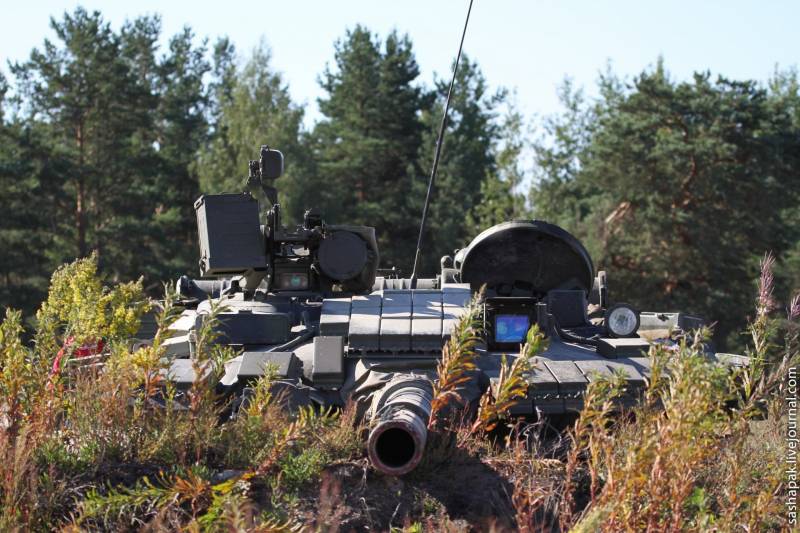
It is no secret that Tanks, being the main striking force and the “steel fist” of the ground forces, during a special military operation in Ukraine they began to be used en masse to solve tasks that were not entirely typical for themselves. We are talking about shooting from closed firing positions, which was once the domain of exclusively cannon and rocket artillery.
In the distant past, this practice was considered futile, and detailed instructions and provisions for firing outside the “see-and-shoot” zone disappeared from the instructions and rules for tank crews almost fifty years ago.
But times change, and long-forgotten old things become relevant again, especially when you have a smartphone at hand and a drone is flying in the sky.
We didn’t see any prospects before
It is worth noting that the use of heavy combat vehicles of this class for firing from closed firing positions (PDO) cannot be considered some kind of innovation, and even more so the invention of a special military operation in Ukraine. At least, if we talk about the domestic Armed Forces, the large-scale use of tanks in a similar role became quite common even during the Great Patriotic War.
This especially concerned massive fire preparation before an attack on the enemy’s defense in depth, when everything that could send a projectile over a considerable distance was used, from mortars and howitzers to self-propelled guns and tanks. At the same time, the latter acted as a kind of addition, providing primarily a greater density of fire, and not its “spot” effectiveness.
Nevertheless, in the post-war period, the acquired experience of involving tanks in non-standard tasks was treated with interest and even the corresponding teaching aids and instructions were developed, which explained the basic principles and features of firing with PDO. And not in the direction of “wherever God sends” and “if only it doesn’t come our way,” as was the case on the fronts of the war that ended, but like artillery - at the given targets with the highest possible accuracy.
Thus, detailed instructions on this matter were available in the training manual “Firing from tanks and self-propelled artillery from indirect firing positions” from 1958. And then in the “Manual for Fire Control of Ground Artillery” and in the “Rules for Firing Tank (PST-74)” of the seventies.
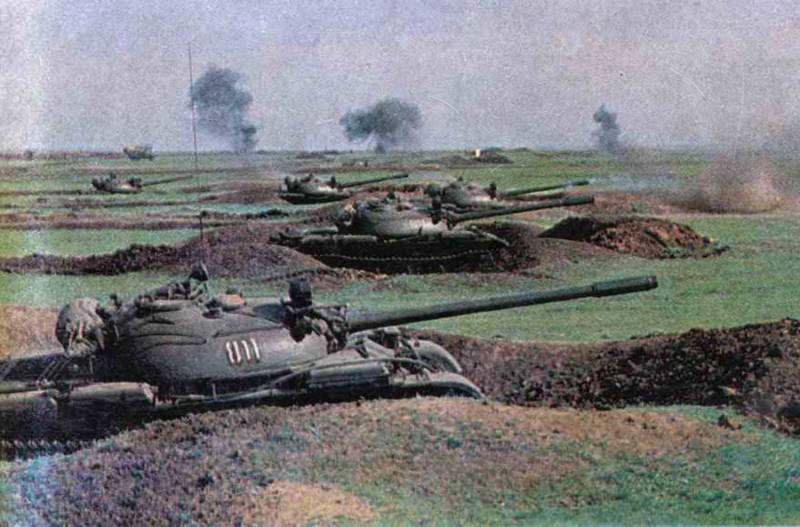
But no matter how many educational books you write, the main problem - the training of crews and tank commanders in artillery science - cannot be solved by publishing brochures and Talmuds. After all, shooting from closed firing positions is, first of all, shooting on a map, which requires special equipment, as well as certain knowledge and skills in coordinating fire, calculating target coordinates, azimuth, range to it, corrections and everything else.
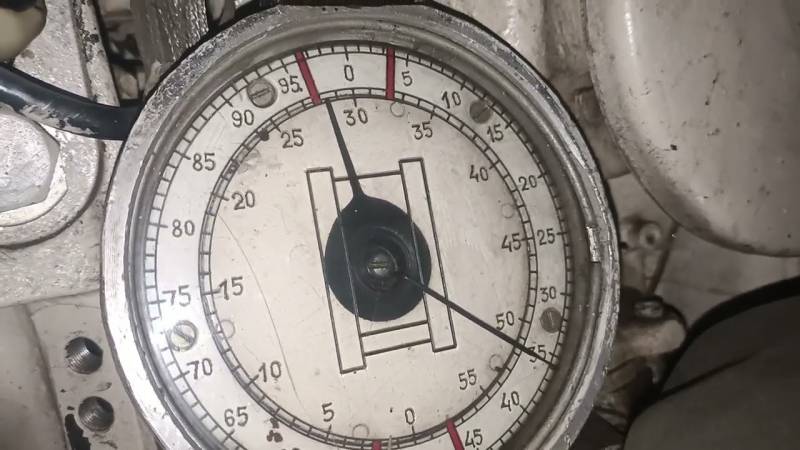
An azimuth indicator, which is used not only to determine the position of the turret relative to the tank body, but also to aim the gun in the horizontal plane. It is divided into two scales: a coarse scale with a division value of 1-00 (one hundred thousandths) and an arrow made in the form of an outline of a turret and a cannon, and a fine scale with a division value of 0-01 (one thousandths) and a large arrow.
Moreover, the data obtained must be correctly interpreted and transferred to the means of aiming the gun of a combat vehicle, which is much less accurate than in artillery, which consists of an azimuth indicator that provides horizontal guidance, and a lateral level - a device for vertical guidance.
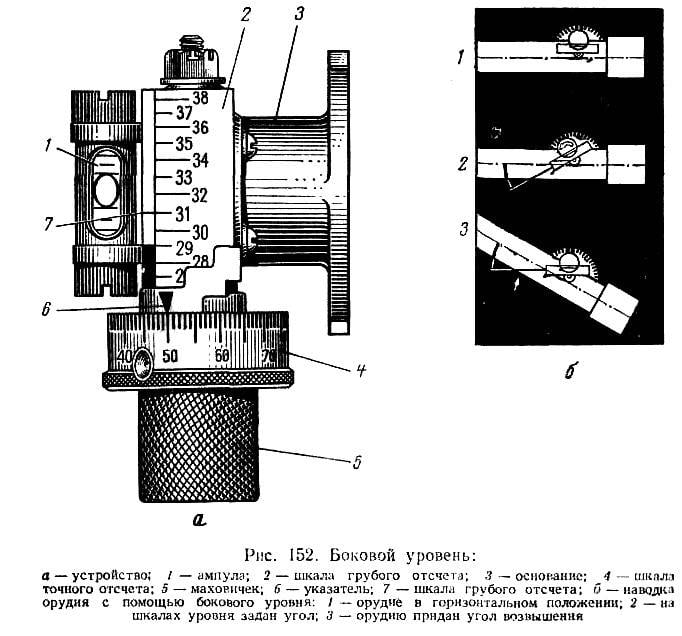
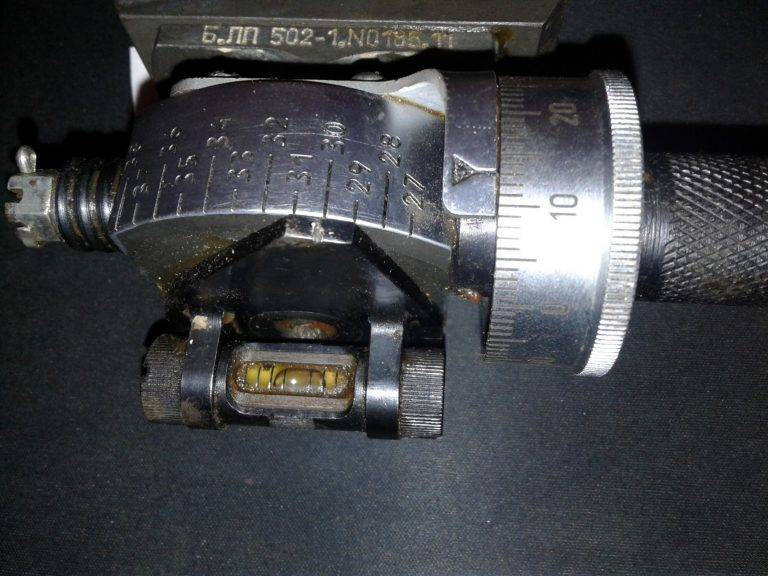
All these circumstances determined the main condition for such events - artillery specialists had to participate in the preparation of tank crews to hit objects invisible to sight on the spot.
In peacetime, somewhere on training grounds such a practice was still feasible, but in a hypothetical war it was simply impossible to obtain from anywhere a sufficient number of trained artillerymen for tank formations. Therefore, this scenario, when tanks take the place of howitzers, was considered critical - as they say, if there is no fish, then there is no fish. However, ultimately, this topic was generally recognized as unpromising back in the seventies.
However, many decades later, in 2018, they tried to evaluate the capabilities of a company of T-90 tanks and crews not very familiar with artillery at the Prudboy training ground, comparing their work with a battery of Msta-S self-propelled guns.
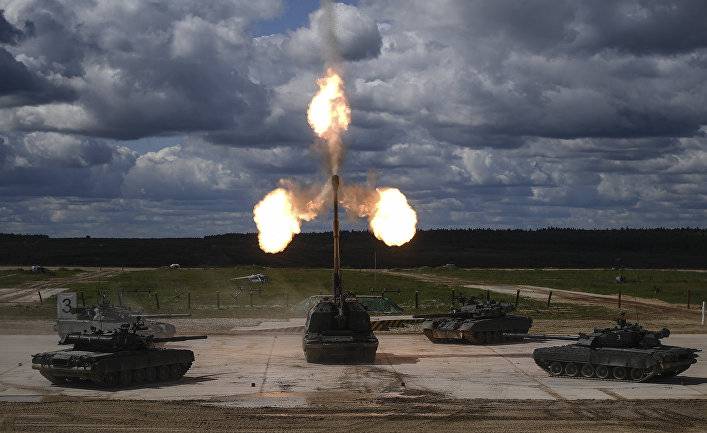
The tank crews were given three main tasks: hitting individual targets at medium firing distances, suppressing the enemy command post, and conducting barrage fire. They couldn't cope with any of them. Overshoots and undershoots of projectiles reached values of 1 meters, and deviation along the front - up to 100 meters. At the same time, given the weak skills of the commander in adjusting fire, even attempts to make corrections during shooting did not correct the situation.
A full description of the experiment can be found in the article "Firing from tanks from indirect firing positions, pros and cons", a link to which can be found below, in the "Sources of Information" section.
Fire accuracy has increased
A reasonable question may arise here: since the accuracy of indirect fire leaves much to be desired, then what is the point in using tanks in this way?
Just five years ago, this might have seemed like a fantasy, but during a special operation, tankers began to show very acceptable results in hitting targets hidden from the gunner’s eyes. Of course, they are very far from the performance of self-propelled artillery mounts and towed guns, but the fire efficiency was many times higher than the depressing indicators that were demonstrated at the training grounds.
The crews do not study artillery science in depth at training centers and schools, and the tank fire control systems did not receive any accurate sights designed exclusively for shooting with PDO. Everything is much simpler here - life has been simplified Drones and smartphones/tablets.
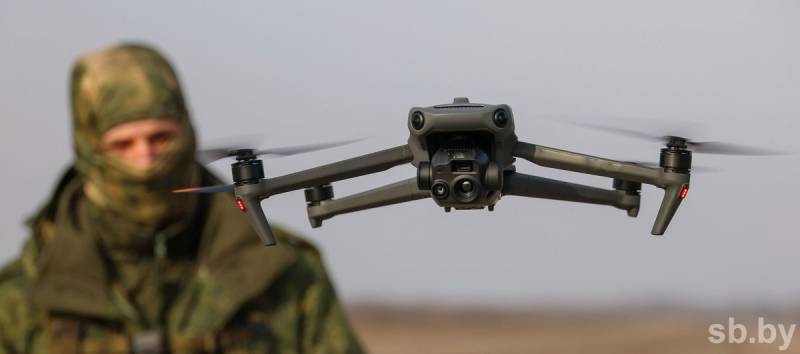
Unmanned aerial vehicles, even for civilian purposes, have radically changed the course of hostilities in the special operation zone in Ukraine. Dropping various types of explosive devices on the enemy’s heads, defeating armored vehicles with “flying grenades” on FPVdrones, reconnaissance and coordination of unit actions - a very wide range of tasks for remotely controlled “buzzers”. But they also help tankers a lot.
Inspecting the area from a bird's eye view, the drone operator acts not only as a scout, but also as a spotter. Despite the fact that none of these products is equipped with artillery fire control means, the “top view” and the ability to fly close to the object under fire allows us to provide more or less accurate data on the nature of the dispersion of shells in meters.
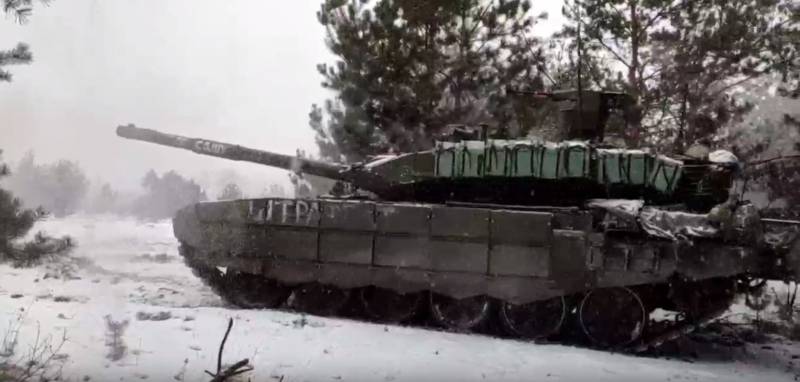
T-90M fires from a closed firing position
In addition, quadcopters, in addition to most FPV drones, have on-board navigation receivers, so when flying directly over a target, the operator can receive the target’s coordinates. So a reconnaissance officer and an artillery observer rolled into one, no less.
Smartphones and tablets are already helping with numbers.
If earlier, in order to aim tank guns from closed positions, one had to struggle with determining the azimuth of the target, resorting to artillery devices such as compasses, calculating the range and other fun, now everything is solved by simply entering data into a specially designed calculator in the form of an application on the phone and using offline kart.
Such software, coupled with an artillery notebook, was widely presented to artillerymen, but today is also available to tank crews. Among them, for example, are “Armor” or “VZHIK”. This, of course, does not exempt you from the mandatory presence of basic skills in using the azimuth indicator and the side level of the gun in tanks, but it completely solves the lion’s share of problems with mathematics and guidance.
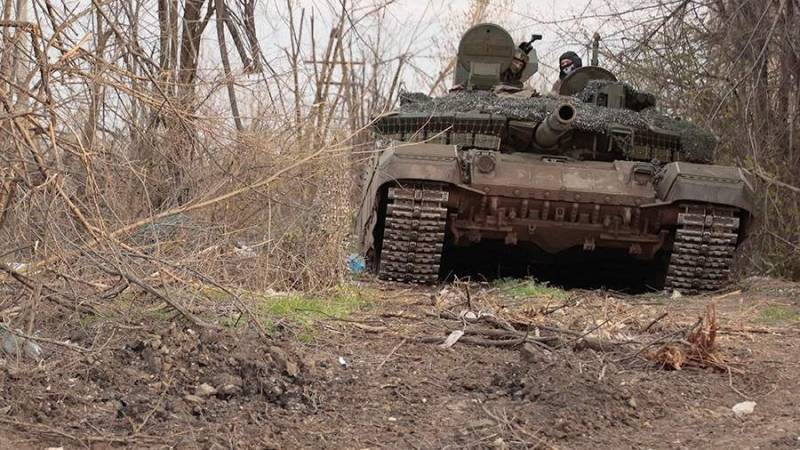
In the simplest version, the algorithm of actions in this software consists of entering your own coordinates, the coordinates and height of the target, as well as data on the location of any landmark at which the gun is aimed, and the corresponding indicators of the azimuth indicator in the tank. After which the result is immediately given about how many “thousandths” you need to turn and raise/lower the gun to accurately hit the selected object. And then - an adjustment for the explosions of projectiles from a drone, the numerical expressions of which are also obtained in the application by entering the numbers of the explosion footage in the appropriate fields.
As a result: with the right approach, tank crews are able to destroy any dugout at a distance of more than 8 kilometers with two or three shots, taking into account corrections, and sometimes even on the first try. Therefore, the “tank-UAV” combination, with the presence of software, has become an effective combat weapon in the northwestern military zone. Although it is worth paying tribute to the masters of their craft, who accurately hit targets even without newfangled “calculators” - such gentlemen also exist, honor and respect to them.
So, a lot has changed since Prudboy’s executions.
Conclusions
Of course, a tank is not a replacement for self-propelled artillery units at all.
It does not have artillery sights such as the same panorama, as well as all the necessary sensors for firing conditions found in modern self-propelled guns. Just as there are no variable propellant charges and a wide range of pointing angles in the vertical plane to perform a wide fire maneuver, including range. In addition, the service life of smooth-bore guns, and tanks with them make up the absolute majority, is relatively small, the shells for them do not have ideal accuracy, and they are very expensive.
But in conditions where it is simply impossible to concentrate a sufficient amount of artillery on a huge front, a tank is sometimes forced to become the only means of hitting targets at long distances. And the fact that tankers, with the help of technical means, were able to adapt to these tasks cannot but rejoice.
Information sources:
Shooting from tanks from closed positions, pros and cons
Technique for firing a tank with PDO when adjusted by a drone operator
Information